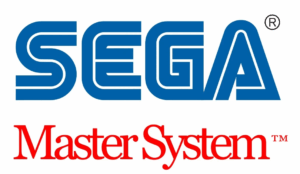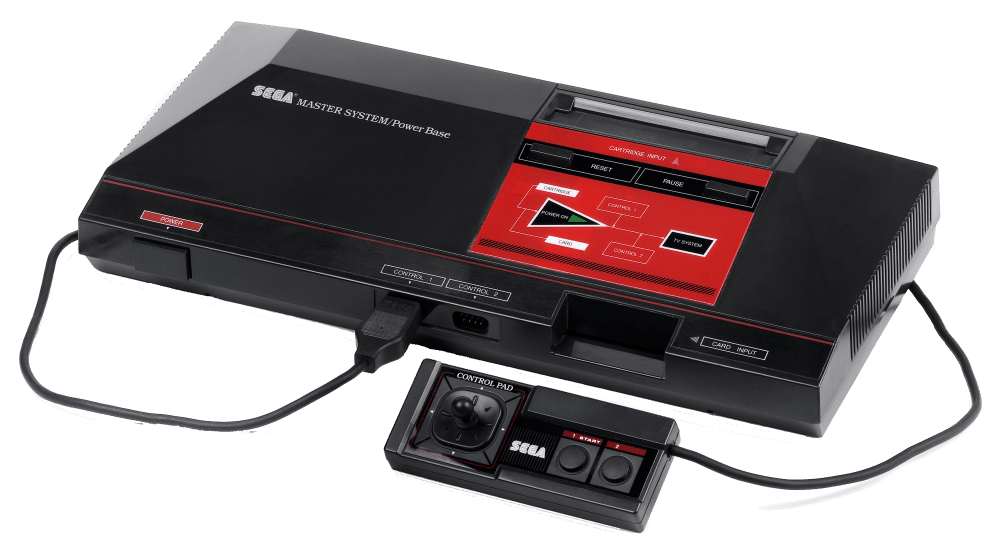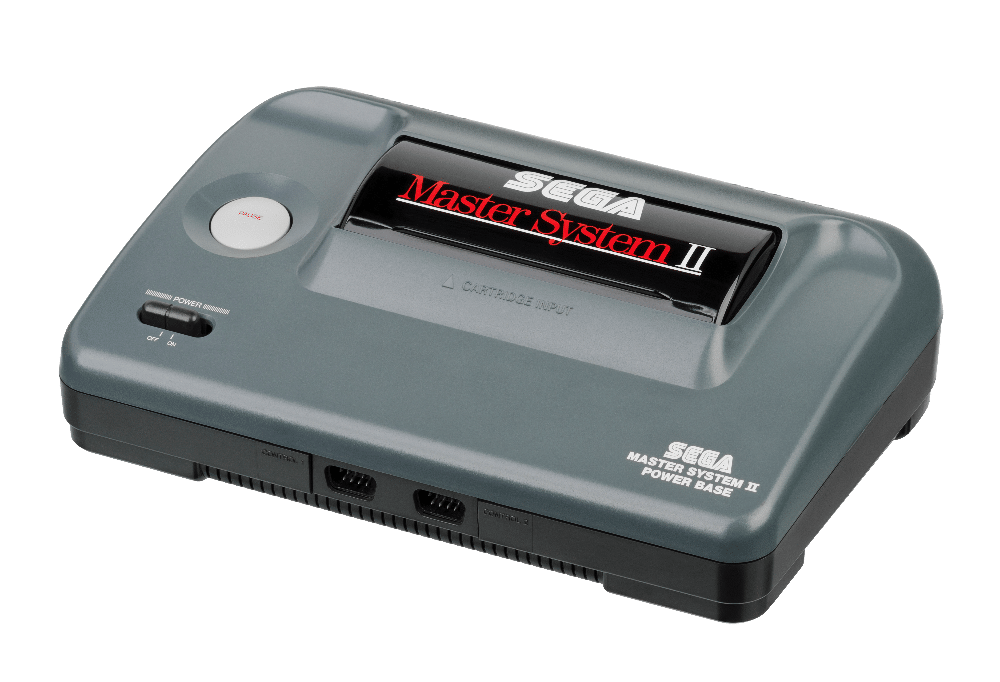


The Sega Master System was an 8-bit console released by Sega in the mid-1980s as a competitor to the Nintendo Entertainment System (NES). Although it was more powerful than the NES, it lost the market share battle in Japan and North America due to Nintendo’s market dominance and restrictive third-party licensing agreements. However, the console found great success in Europe, Brazil, and other territories.
Technical specifications
- CPU: A Zilog Z80A 8-bit processor.
- Memory: 8 KB of RAM and 16 KB of VRAM.
- Display: The console could output a resolution of 256 x 192 pixels and display 32 colors on-screen from a palette of 64.
- Audio: It featured a Texas Instruments SN76489 Programmable Sound Generator. Japanese versions also included a more advanced Yamaha FM sound chip.
- Game media: Games were sold on both traditional ROM cartridges and a smaller, cheaper format called “Sega Cards”. The Master System II later removed the card slot to cut costs.
Models and peripherals
- Sega Mark III: This was the original version of the console, released in Japan in 1985 before being redesigned and rebranded as the Master System for the international market.
- Master System II: A cost-reduced version released in 1990. It removed the card slot, reset button, and expansion port, but often included a built-in game like Alex Kidd in Miracle World or Sonic the Hedgehog.
- Light Phaser: A light gun peripheral for use with shooter games like Safari Hunt.
- SegaScope 3-D Glasses: An active shutter 3D system that worked with a small number of compatible games, but required the card slot, so it is incompatible with the Master System II.